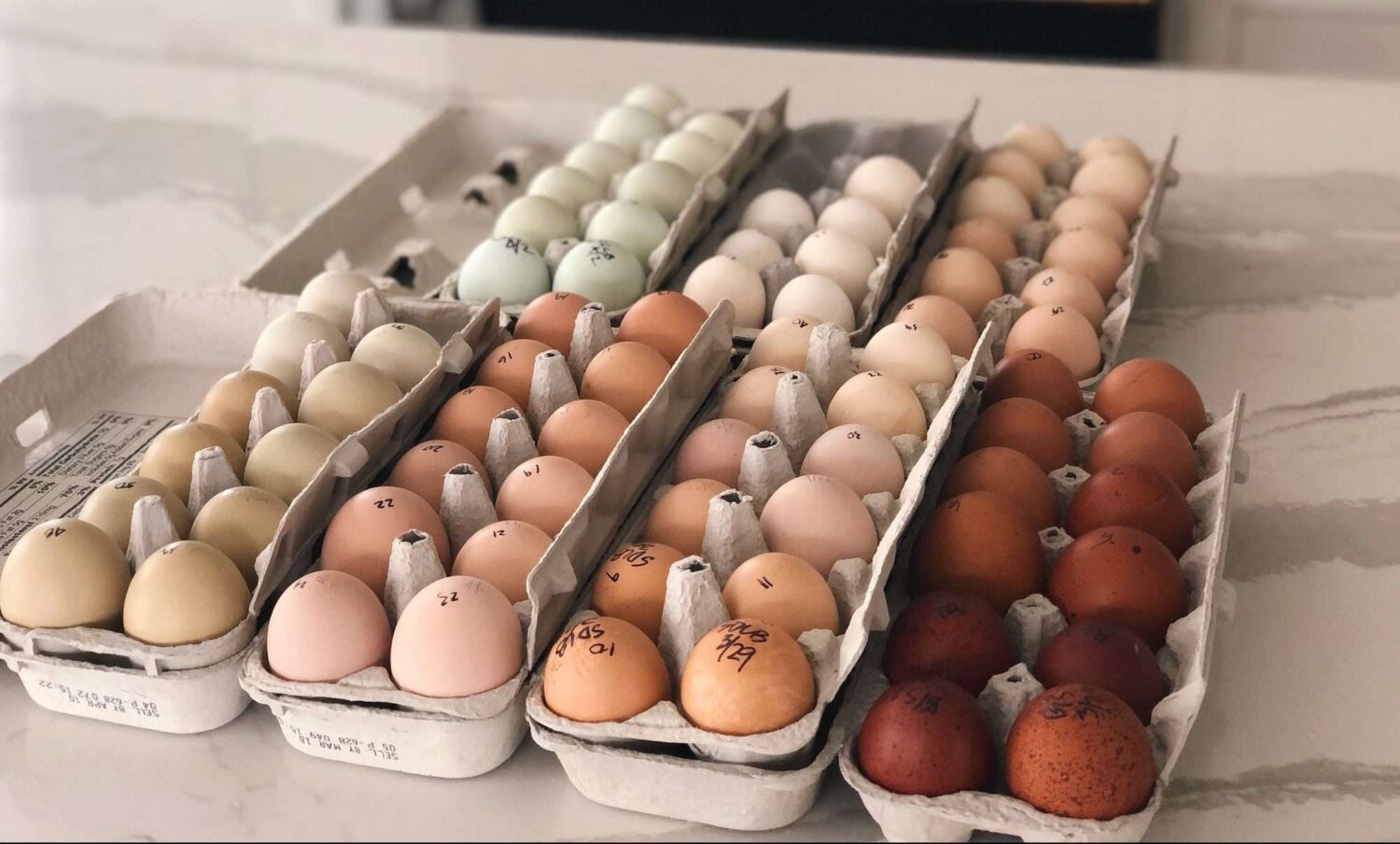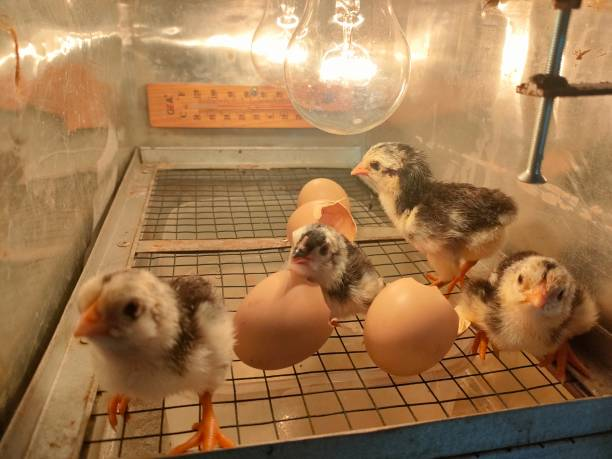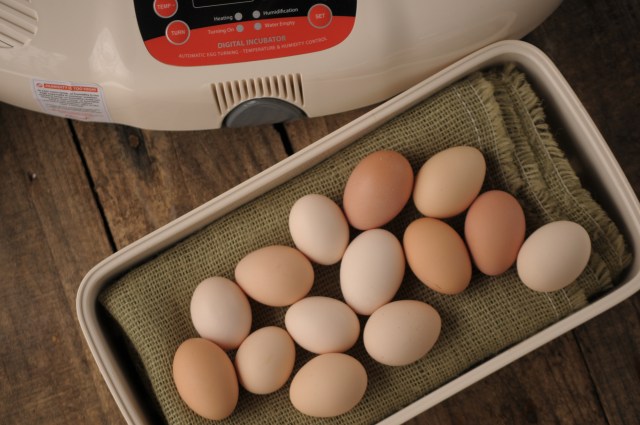Maintaining a constant temperature in an incubator is crucial for successful egg incubation. For chicken lovers and poultry enthusiasts, understanding the intricacies of temperature control can make or break the hatching process. Ensuring that the temperature remains stable is not just about setting the thermostat and forgetting it. It involves regular monitoring, adjustments, and a keen understanding of the factors that can influence temperature.
In this article, we will delve into the various aspects of maintaining a constant temperature in your incubator, providing you with actionable tips and techniques to ensure a successful hatching process. Whether you’re a beginner or an experienced poultry farmer, these insights will help you optimize your incubation setup.

Understanding the Importance of Temperature Stability
The temperature within an incubator plays a pivotal role in the development of embryos. Fluctuations can lead to developmental issues, affecting the viability of the hatchlings. A stable temperature ensures that the embryos develop at a consistent rate, increasing the chances of a successful hatch.
Why Temperature Matters
Embryos are sensitive to temperature changes. Even slight deviations can cause developmental anomalies. Therefore, maintaining a constant temperature is essential to mimic the natural conditions under a mother hen.
Optimal Temperature Range
For most poultry eggs, the ideal temperature range within an incubator is between 99.5F and 100.5F. Maintaining this range ensures that the embryos develop properly and increases the likelihood of a successful hatch.
Factors Affecting Incubator Temperature
Several factors can influence the temperature inside an incubator. Understanding these factors will help you take proactive measures to maintain a stable environment.
External Temperature Variations
Changes in the room temperature where the incubator is placed can affect the internal temperature. It’s advisable to place the incubator in a room with a stable temperature, away from windows or direct sunlight.
Incubator Size and Type
The size and type of incubator can impact how well it maintains temperature. Larger incubators may take longer to adjust, while smaller ones can be more sensitive to external changes. Choose an incubator that suits your needs and is known for its reliability.
Techniques to Maintain Constant Temperature
Now that we understand the importance of temperature stability, let’s explore some techniques to maintain a constant temperature in your incubator.
Invest in a Quality Thermostat
A reliable thermostat is critical for maintaining temperature stability. Choose a thermostat that offers precise control and has a good reputation for reliability.
Regular Monitoring
Regularly monitor the temperature inside the incubator using a calibrated thermometer. This will help you identify any deviations and make necessary adjustments promptly.
Proper Ventilation
Ensure that your incubator has adequate ventilation to maintain a consistent temperature. Poor ventilation can lead to hotspots and temperature fluctuations.
Advanced Tips for Temperature Management
For those looking to take their incubation process to the next level, here are some advanced tips to consider.
Use a Hygrometer
A hygrometer measures humidity levels inside the incubator. Maintaining proper humidity is also crucial for temperature stability and embryo development.
Create a Backup Power Plan
Power outages can disrupt the temperature balance. Consider having a backup power source to maintain temperature during unforeseen outages.
Common Mistakes to Avoid
Even experienced poultry enthusiasts can make mistakes. Here are some common pitfalls to avoid.
Overcrowding the Incubator
Overcrowding can lead to uneven temperature distribution. Ensure that there is enough space for air circulation around the eggs.
Ignoring Calibration
Regularly calibrate your thermostat and thermometers to ensure accuracy. Inaccurate readings can lead to unintentional temperature fluctuations.
Setting Up Your Incubator for Success
Proper setup is the foundation of successful incubation. Here’s how to prepare your incubator for optimal performance.
Choosing the Right Location
Select a location for your incubator that is free from drafts, direct sunlight, and temperature fluctuations. A stable environment is crucial for maintaining a constant temperature.
Pre-Incubation Checks
Before placing your eggs in the incubator, perform a thorough check of all components. Ensure that the thermostat, thermometer, and ventilation systems are functioning correctly.
Conclusion
Maintaining a constant temperature in your incubator is essential for a successful hatching process. By understanding the factors that influence temperature and implementing the techniques discussed, you can create an optimal environment for your eggs. Remember, the key to successful incubation lies in attention to detail and regular monitoring.

FAQs
1. How often should I check the temperature in my incubator?
It’s recommended to check the temperature at least twice daily. Regular monitoring helps identify any deviations early and allows for timely adjustments.
2. What should I do if my incubator’s temperature fluctuates frequently?
If you notice frequent fluctuations, check for external factors such as room temperature changes or drafts. Ensure that your thermostat and thermometer are calibrated correctly.
3. Can I use a homemade incubator?
Yes, homemade incubators can be effective if built correctly. Ensure that you have a reliable thermostat and thermometer and that the incubator is well-insulated and ventilated.
For more detailed guidance on egg incubation, you can visit beginner’s guide on our website. If you’re interested in transporting eggs before incubation, check out our tips on transporting eggs.
For more information, you can also visit the Beginners Guide to Hatching Eggs from Incubator Warehouse.
This article contains affiliate links. We may earn a commission at no extra cost to you.











